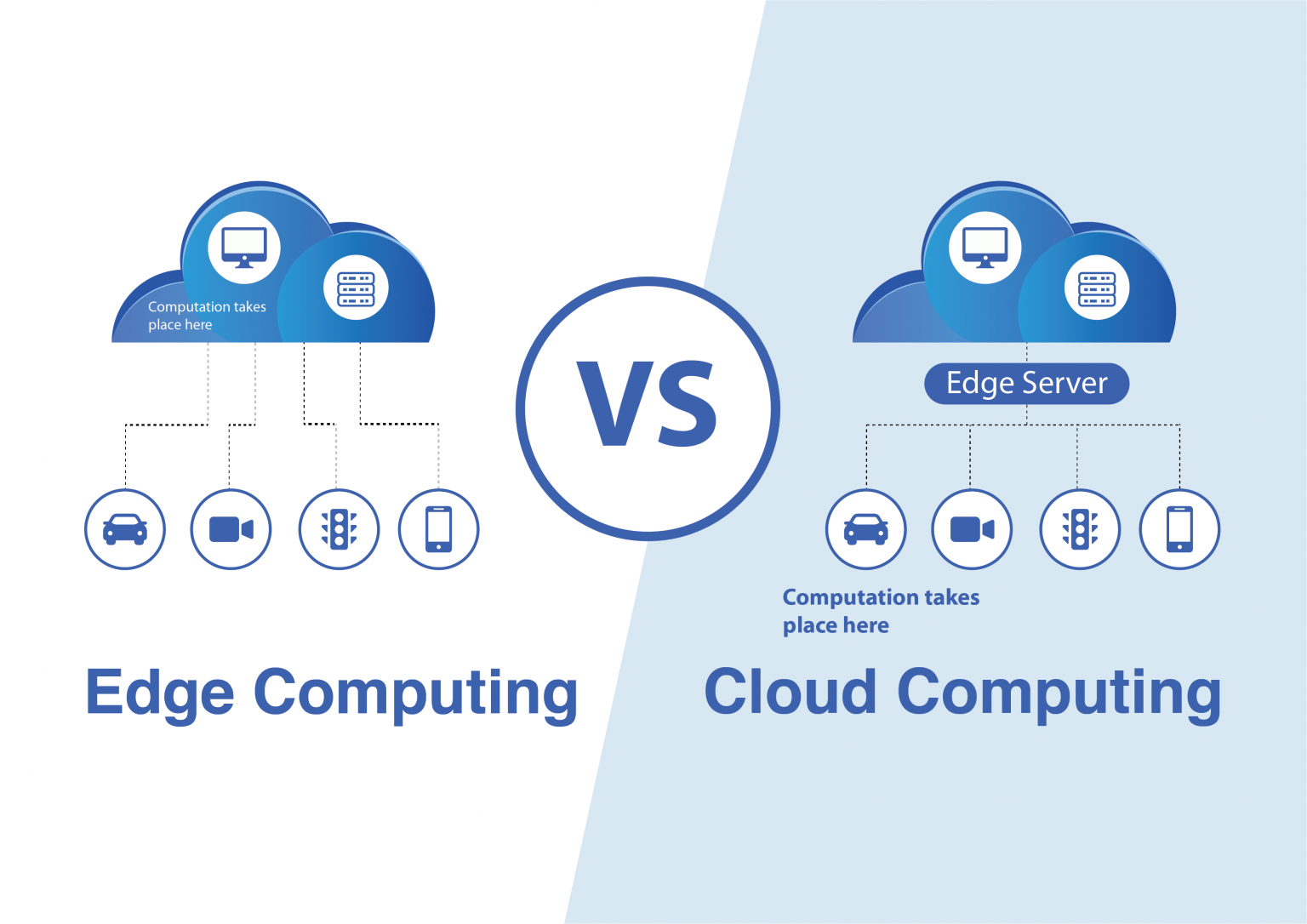Clouds are places where data can be stored or applications can run. They are software-defined environments created by datacenters or server farms. Edges are also places where data is collected. They are physical environments made up of hardware outside a datacenter.
We are at the forefront of promoting sustainable development, with a focus on maintaining service of data centers to meet the rigorous requirements of global cloud and content customers. Additionally, we are shaping the future to accommodate emerging technologies such as AI.
Our capabilities and dedication ensure that we can provide exactly what is required, precisely when it is needed, regardless of the scale or location, anywhere in the world.

We consistently offer solutions designed to address the growing demand for edge computing, driven by factors such as reduced latency, enhanced bandwidth, privacy considerations, and increased autonomy. As an Edge computing provider, we are particularly focused on meeting the need for real-time data in applications such as augmented and virtual reality (AR and VR).
Furthermore, we provide tailored solutions to accommodate the rising bandwidth requirements stemming from the widespread adoption of IoT devices, thereby improving bandwidth utilization and availability. Additionally, we develop solutions for scenarios in network environments where sensors and actuators are expected to operate autonomously, even in the absence of a connection to the cloud. For software demanding high performance and intolerant of additional latency or for applications confined to localized service areas, edge computing offers significant advantages that traditional cloud services lack.
With the right tools in place, such as a consistent CI/CD pipeline, migrating services to the edge can resemble deployment elsewhere. The primary consideration lies in the architecture, ensuring that only appropriate code and services are moved to edge Points of Presence (POPs). Less resource-intensive services can often remain in the cloud, while edge POPs handle the resource-intensive tasks while communicating with other cloud or on-premises resources.
A well-executed edge deployment remains imperceptible to end users. When done correctly, the edge can be a minor detail for the organization and DevOps teams responsible for the deployment. As networks expand and software interconnectivity grows, the number of available edge POPs is likely to increase. Relying on edge services will become a more common deployment strategy.
We consider the edge as a natural extension of the cloud.
Reduced Latency
Edge computing brings computing resources closer to end-users or devices. This proximity reduces the time it takes for data to travel between the source and the processing point, resulting in lower latency. Applications that require real-time responses, such as autonomous vehicles, augmented reality, and remote control systems, benefit significantly from this reduced latency.
Improved Performance
Edge service platforms enable the execution of compute-intensive tasks and data processing at the edge, leading to improved performance for applications. This is especially valuable for applications that require rapid data analysis and decision-making, such as industrial automation and video streaming.
Bandwidth Efficiency
By processing data locally at the edge, edge service platforms can reduce the amount of data that needs to be sent to central data centers or the cloud. This conserves bandwidth and can lead to cost savings, making it especially important for use cases involving massive data volumes, like IoT deployments.
Enhanced Privacy and Security
Certain applications require data to remain within a specific geographical or organizational boundary due to privacy and security concerns. Edge computing allows data to be processed locally, reducing the need to transmit sensitive information across long distances, which can mitigate security risks.
Offline Functionality
Edge service platforms enable applications to continue functioning even when connectivity to the cloud is lost. This is crucial for use cases where continuous operation is essential, such as in remote or unpredictable environments.
Scalability
Edge service platforms can be deployed in a distributed manner, making them highly scalable. As the number of edge devices or locations grows, organizations can easily expand their edge infrastructure to accommodate increased workloads.
Real-time Decision-Making
Many applications require real-time decision-making capabilities, such as autonomous vehicles making split-second decisions or manufacturing robots adjusting to changing conditions. Edge service platforms support these real-time processing requirements.
Local Data Aggregation
Edge computing allows for local data aggregation and summarization before sending data to the cloud. This reduces the amount of raw data that must be stored and processed centrally, making it easier to manage and analyze large datasets.
Support for Diverse Use Cases
Edge service platforms offer versatility, catering to diverse applications like IoT, healthcare, and more. They enable tailored solutions, enhancing performance, responsiveness, privacy, security, scalability, and meeting IoT’s real-time demands.
Find out more about our Team Augmentation service
GET IN TOUCH